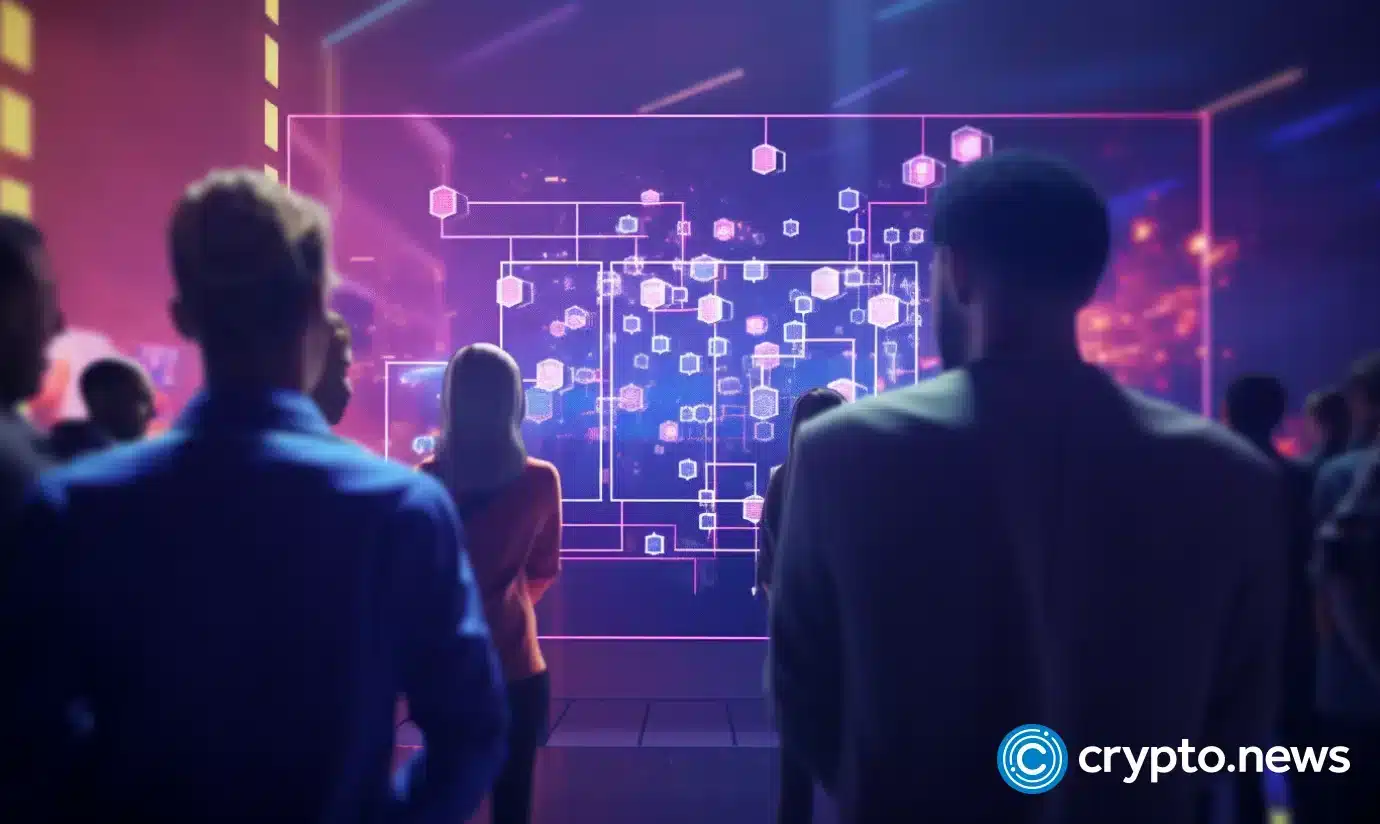In the wake of the surprising removal and possible reinstatement of OpenAI CEO Sam Altman, the real story unfolds beyond the drama of executive changes. The tumult within OpenAI sheds light on the deep-seated divisions over the trajectory of artificial intelligence (AI) development—whether to accelerate it recklessly or exercise caution. Amidst this internal strife, the pressing need for stringent government regulations to govern the rapidly advancing AI landscape becomes increasingly evident.
The AI race and governance challenges
As the dust settles on the OpenAI leadership saga, it becomes apparent that the heart of the matter lies in the governance of artificial intelligence. The internal conflict at OpenAI reflects a broader debate within the AI community—accelerate development at the risk of potential dangers or proceed cautiously with well-defined guardrails. The lack of a unified approach underscores the absence of effective oversight in the AI race, which is spiraling out of control.
The discourse within the AI industry, as illustrated by figures like Marc Andreessen, showcases a laissez-faire attitude that downplays the risks associated with unbridled AI development. The debate intensifies as the stakes rise, with experts warning of the existential threat AI poses to humanity. Stephen Hawking’s ominous prediction about the end of the human race due to fully realized artificial intelligence adds urgency to the call for regulatory measures.
Amidst the growing concerns, key industry players, such as Brad Smith of Microsoft, advocate for responsible AI development and emphasize the role of governments in enforcing regulations. While initial steps have been taken by governments, voluntary commitments and agreements fall short of addressing the core issue. The White House Executive Order and the G-7 Agreement provide a roadmap but lack the teeth to ensure safety and security measures are implemented by AI developers.
The imperative for swift legislation and global collaboration
The OpenAI episode serves as a microcosm of the broader challenge faced by governments worldwide in regulating AI effectively. While some initial policy moves have been made, including voluntary commitments from AI development companies, the absence of mandatory rules and safety measures remains a critical gap. Governments must move beyond symbolic gestures and enact legislation that not only identifies potential risks but mandates safety and security measures.
Drawing parallels with the successful implementation of the Global Data Protection Regulation (GDPR) by the European Union, the call for comprehensive AI regulation gains momentum. The EU’s approach of creating a level playing field with fines for non-compliance demonstrates a viable model that can be adapted globally. The timeline for implementing such regulations becomes crucial, given the rapidly evolving nature of AI technology.
The disbandment of Meta’s Responsible AI Team serves as a warning sign that voluntary measures may not be sufficient to address the potential risks associated with AI development. The urgency to identify and test choke points, kill switches, and preventive measures becomes paramount. Governments are urged to collaborate internationally, much like nuclear treaties, to ensure a coordinated and effective approach to AI regulation.
Steering the course forward for global AI regulation
In this critical juncture, the question looms large—how can we deploy mechanisms for effective AI regulation swiftly and globally? The OpenAI CEO’s saga is just a glimpse into the broader challenge of navigating the uncharted territories of AI development. As we stand at the crossroads of innovation and potential peril, the imperative is clear: act decisively before AI becomes an uncontrollable force.
The convergence of industry and government efforts to implement robust safety measures will determine whether we can embrace the promise of AI without sacrificing humanity’s safety. What collaborative mechanisms can be established to ensure the timely and effective regulation of advanced AI, and how can governments work together to enforce compliance on a global scale? The answers to these questions will shape the future of AI development and its impact on humanity.





